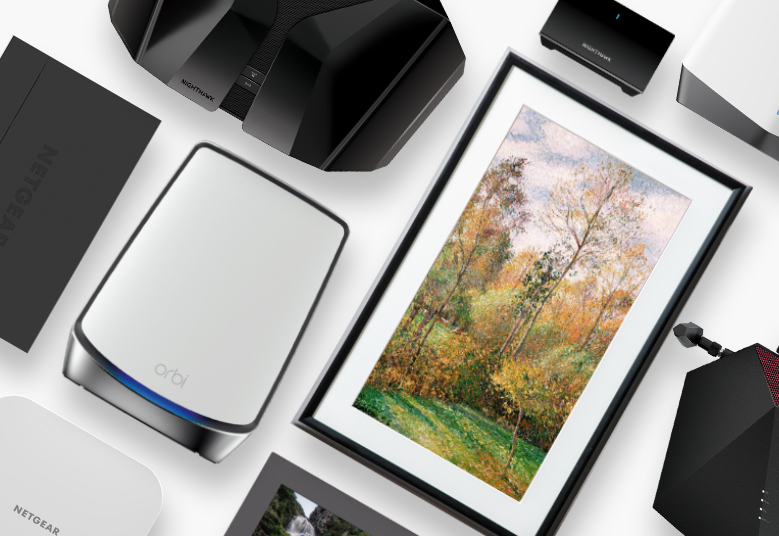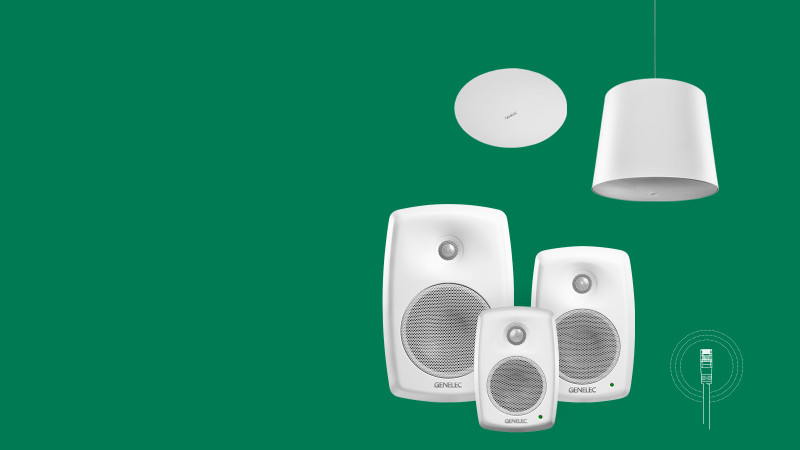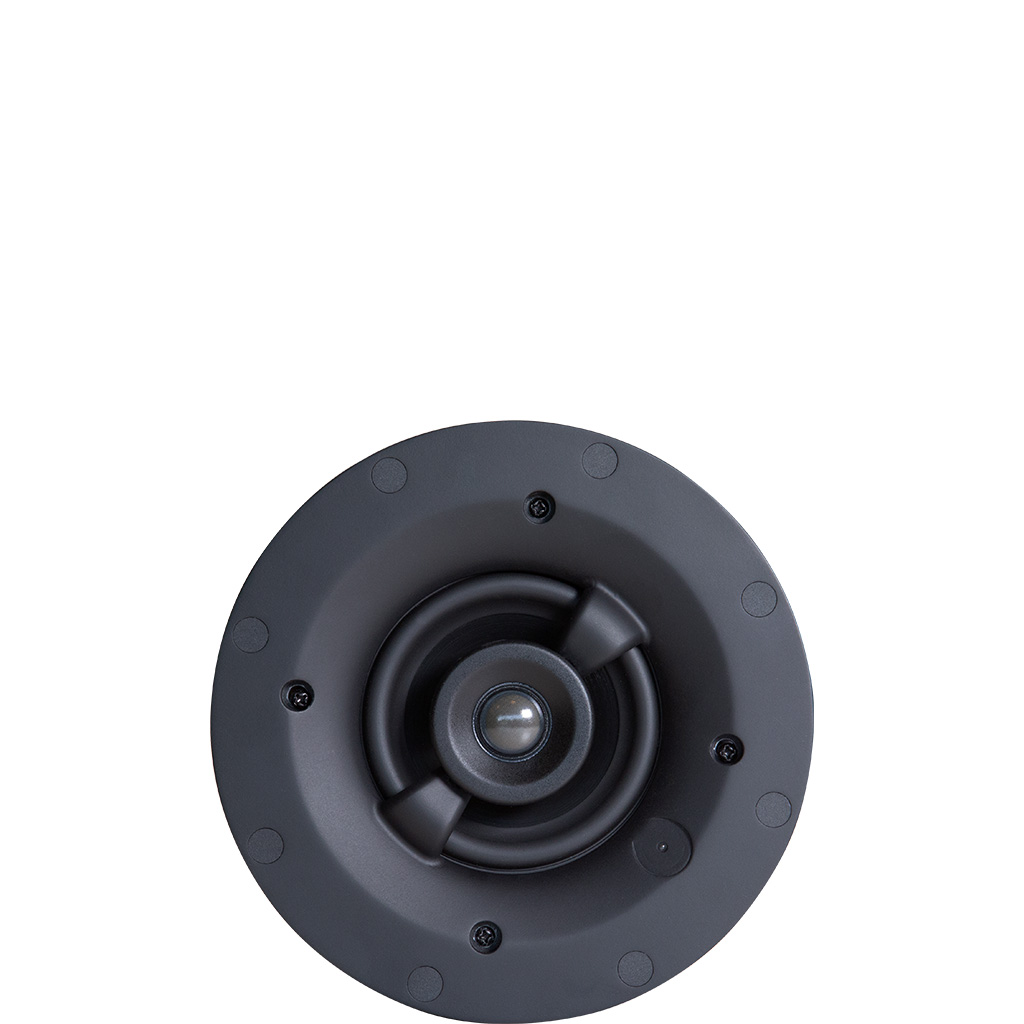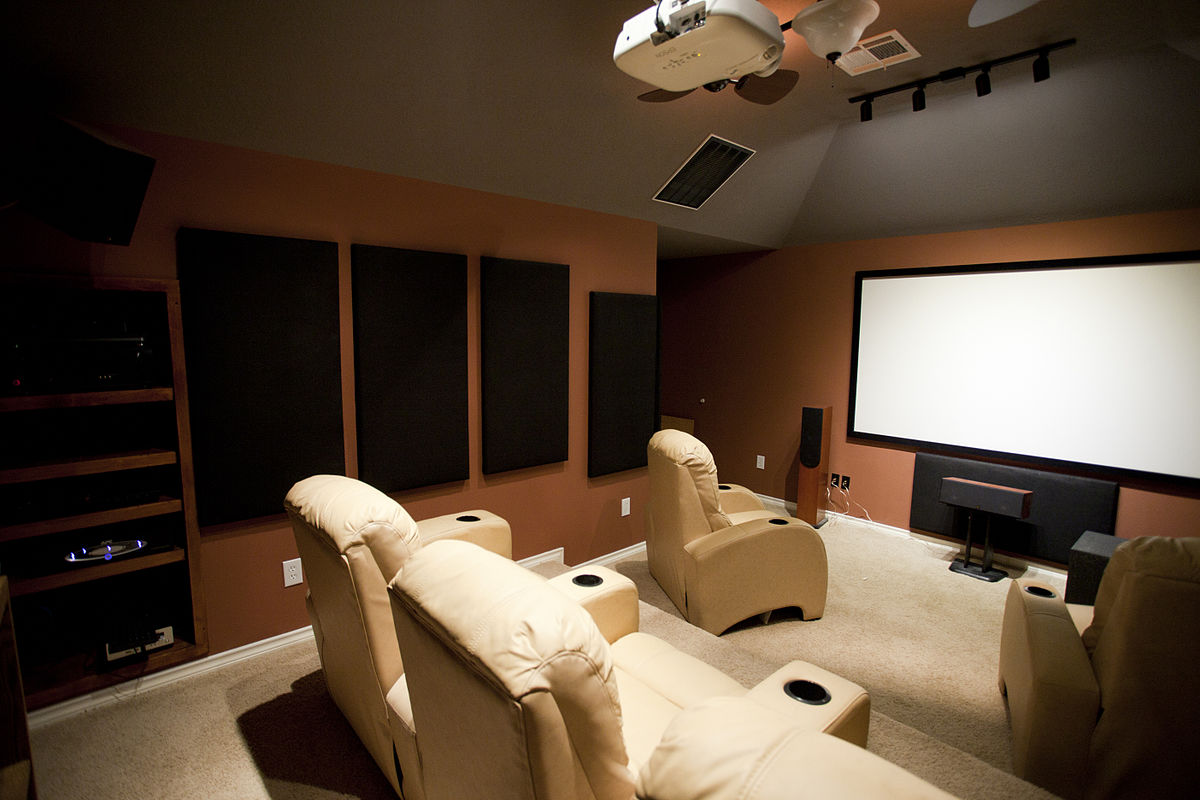- Thread Starter
- #21
The title says it’s about “fully digital, networked, AES67 Audio-over-IP” Active speakers is just one use case. Besides, if you checked the active speaker system used you will see that the amplifiers are not within the speaker but on separate racks. Speakers are still connected by speaker wires at it says on the linked article.This thread is about an active setup using Ethernet is it not?
In short the thread is about any HT system.






